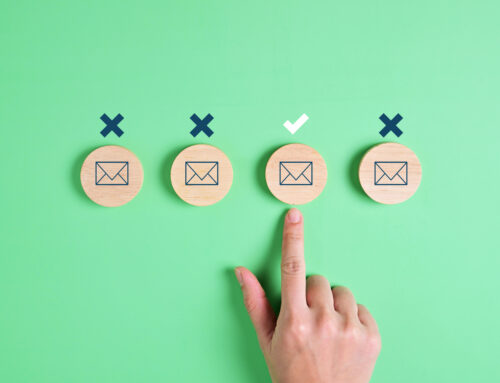A big email list is a good thing for a nonprofit, right? It means there are lots of people you can educate about your issues and activate as volunteers, donors, and advocates. Nonprofits should definitely think about ways to grow their email lists.
But as with most things in life, size is not everything.
Whenever I see someone bragging about the size of their email list, my first question is always, “What’s the engagement rate?”
Those same people might be able to share their average open rate. But they rarely know their engagement rates.
If you have a big list, but half or more of those people haven’t opened an email from you in many months – or even years – that big list of yours is actually more of a liability than an asset.
If you are emailing a big list that is not engaged, you look like a spammer and odds are good that many of your emails will be going to the spam folder.
This isn’t all or nothing . . . sure, many of the emails will still get through to inboxes, especially to those people who do open your emails regularly. But everyone else? Over time, more and more will be sorted into the spam folder as your reputation for sending to a bloated list grows over time.
I would much rather have a highly engaged but small list where at least 75% of the people have opened an email in the last three months than a huge list where only 25% have opened an email in the last three months.
Look at this math, for example.
Nonprofit #1 has a relatively small list of 10,000 people, and 75% of those have opened at least one email in the last three months. That’s 7,500 people.
Nonprofit #2 has a much bigger list of 30,000 people, but only 25% of those have opened at least one email in the last three months. That’s 7,500 people, too.
So, they both have the same number of human beings opening emails. But here’s the kicker.
Nonprofit #1 is only emailing 2,500 people who are unengaged, and again, it’s a minority of the total list.
Nonprofit #2 is emailing 22,500 people who are unengaged – and significantly more than who are opening. That’s a clear sign that Nonprofit #2 is not properly managing its email list and is behaving like a spammer.
You are much, much better off being Nonprofit #1.






